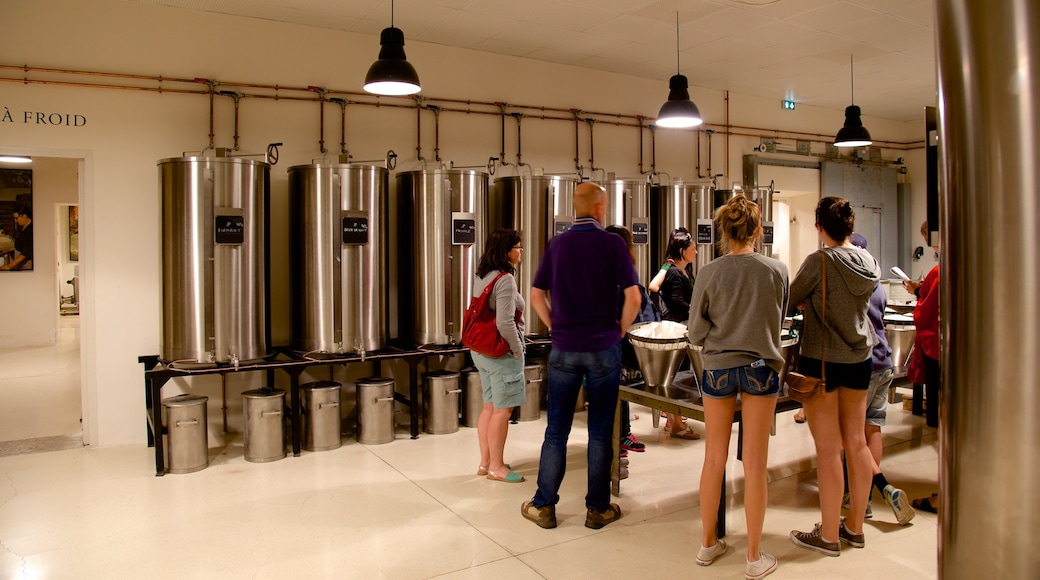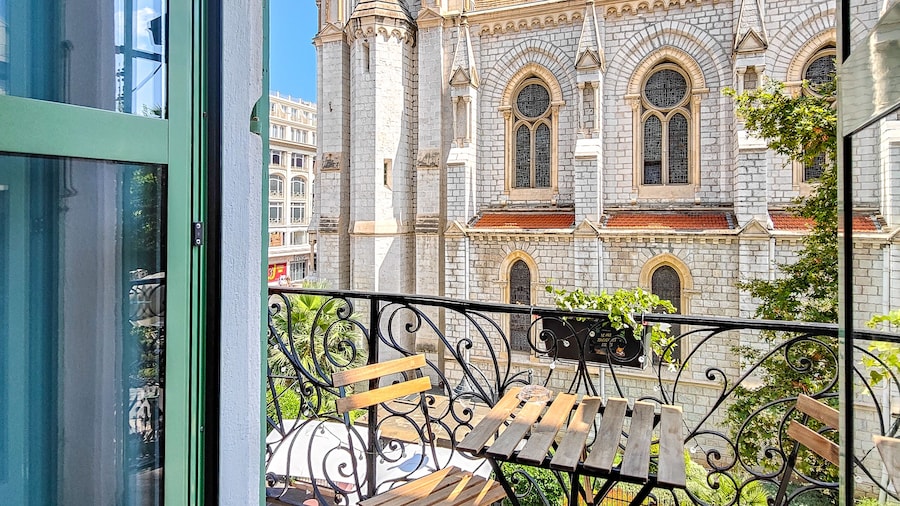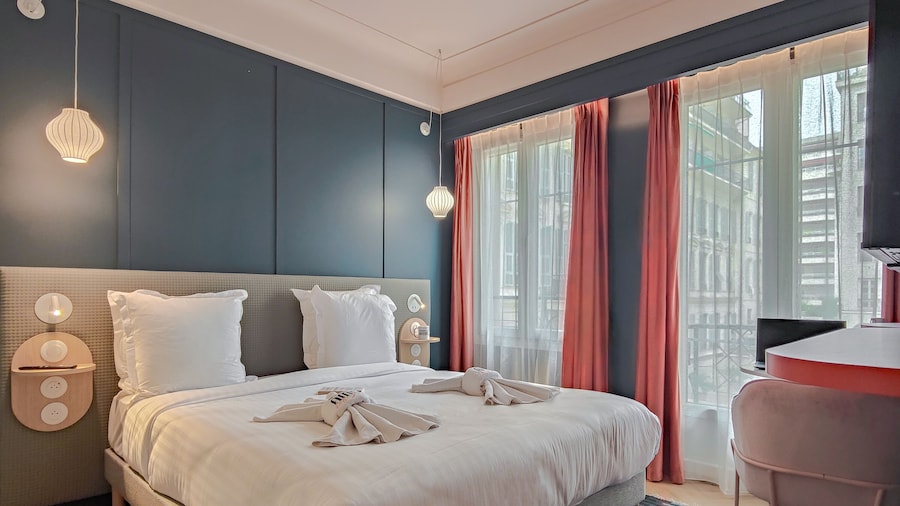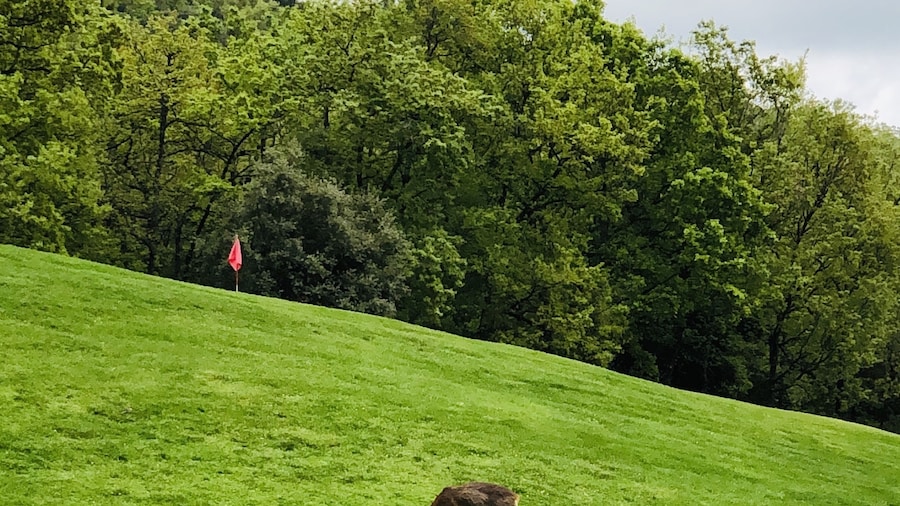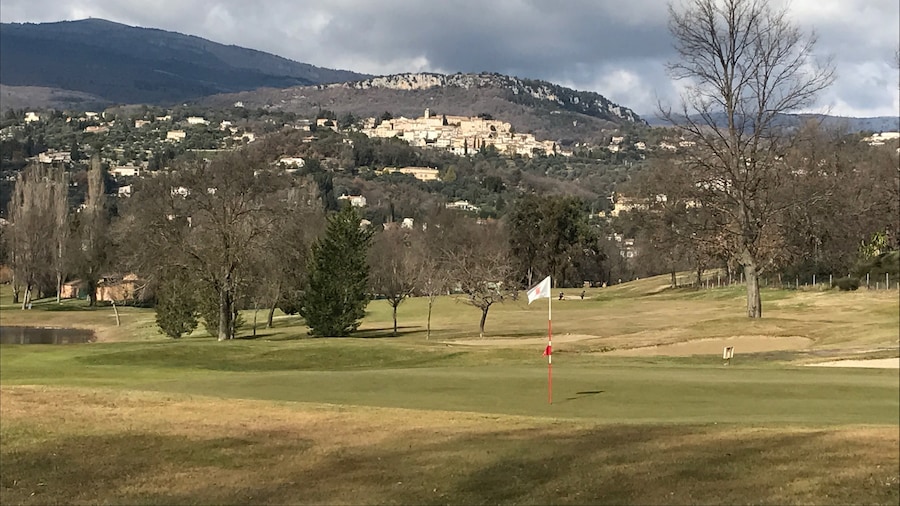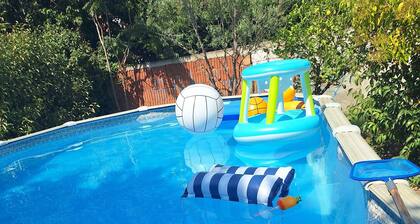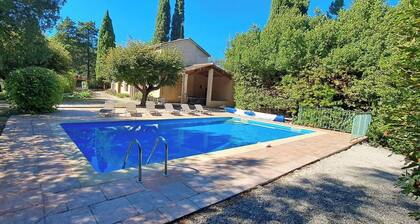Follow your nose to the International Perfume Museum in Grasse, the city where the perfume trade began. Discover thousands of years of perfume history, see perfume bottles from ancient Egypt and learn about the origin and evolution of the fragrance industry in Grasse.
There are more than 50,000 objects in the collection, which also touch on the history of soaps and cosmetics. Study exhibits that focus on the technology of creating and producing scents. Inspect the various historical perfume containers, such as an elegant bottle from the 18th century and a Greek vase for scented oil from the 6th century B.C.
Other intriguing objects include Japanese incense machines, a 19th-century wooden makeup box and a perfume organ. This is a wooden desk with lots of vials where a perfumer worked on composing scents. See one of the first bottles of tanning oil sold in France, representing the new preference for sun-kissed skin in the 1960s.
One of the museum’s prized exhibits is Marie Antoinette’s travelling case. Inside are the items she used to carry around with her, such as a chocolate pot, bottles of scent and a burner for heating beverages.
There are also exhibitions that look at the history of perfume in the art of seduction and in communication. In ancient times, scents were used to communicate with the gods, while in the modern world, perfumes and smells are favored by the advertising industry to help sell items.
The museum hosts numerous activities throughout the year. Among them are olfactory workshops, themed guided tours and workshops for children. For the full roster of events, visit the museum’s website.
Situated in the center of the city, the museum is close to several bus lines and paid parking garages.
The International Perfume Museum is open daily, except for holidays. During the winter it closes on Tuesdays. There is an admission charge with discounts for students, while children visit for free. For a small additional fee, you can join one of the 90-minute guided tours.
